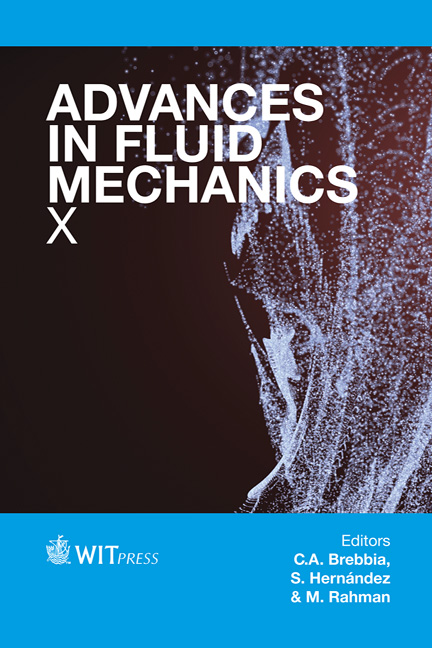Individual Based Modeling Of Angiogenesis In Three Dimensions On A Graphics Processing Unit
Price
Free (open access)
Transaction
Volume
82
Pages
10
Page Range
73 - 82
Published
2014
Size
5,973 kb
Paper DOI
10.2495/AFM140071
Copyright
WIT Press
Author(s)
L. Parsonson & L. Bai
Abstract
Angiogenesis, the formation of de novo blood vessels, has been implicated in a long list of human disorders, including cancer, diabetes, and in recent years, neurodegenerative diseases, a list that continues to grow. Study of the formation of microvasculature, therefore, has important implications in diagnosis and treatment of diseases. This paper describes how we combine a CPUbased Cellular Potts model of sprouting angiogenesis in three dimensions with medical imaging techniques and graphics processing unit (GPU) accelerated fluid dynamics equations to create an individual-based angiogenesis simulation. The use of GPU, optimized for fast, highly parallel mathematical operations, provides an increase in simulation speed and balances resource requirements across hardware. Specifically, micro-CT scans of resin cast rat cerebral vasculature are segmented to remove reconstruction artifacts and are imported to instantiate nascent endothelial cells in a homogeneous three-dimensional grid that represents the area over which the simulation is performed. A growth factor source is added, and simulation of steady production and diffusion of the vascular endothelial growth factor (VEGF) is performed on the GPU using the NVidia Compute Unified Device Architecture (CUDA) programming platform. Motion of individual endothelial cells is then tracked over the lifetime of the simulation towards the source of growth factor, incorporating both sprouting and anastamosis events.
Keywords





